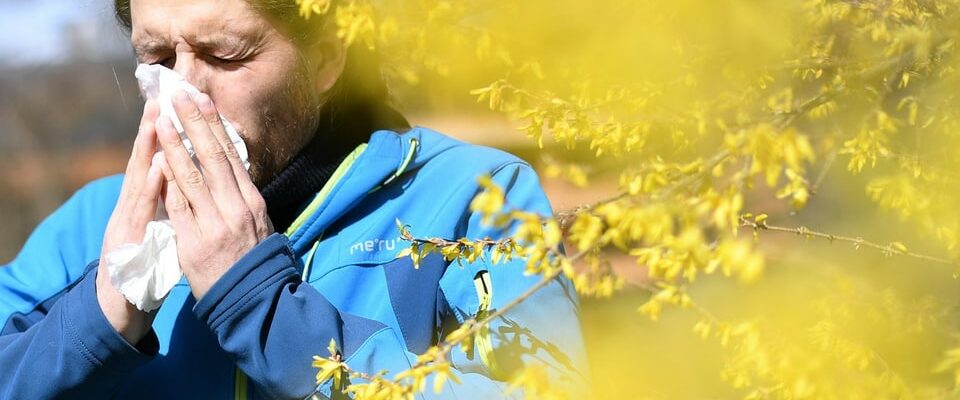Contents
Hay fever bothers many people. But you are not completely powerless if you behave correctly.
20 percent of people in Switzerland are affected: the pollen allergy makes everyday life more difficult for many. But that doesn’t mean that a fifth of Swiss people have to be denied the joy of spring.
Mistakes and myths should therefore not be believed. The doctor Peter Schmid-Grendelmeier, head of the allergy ward at the University Hospital Zurich, clarifies false knowledge.
1. The risk of hay fever is greater in the country than in the city
Wrong: Hay fever is more common in the city than in the country. This is because the air in the city is denser and therefore different. Birch trees in the city in particular experience more stress and therefore release more aggressive pollen dust.
“And people who grow up in the countryside, especially farm children, tend to suffer less from hay fever,” adds the doctor. On a farm there is more dirt, like cow dung, which has a debilitating effect on pollen allergies. The city, on the other hand, is more sterile.
Legend:
Hay fever is the most common allergy in Switzerland. Around 20 percent of the population is affected.
KEYSTONE / DPA / Angelika Warmuth
2. Honey helps cure pollen allergies
Honey hardly helps with the hardening process. Tolerance can be created through desensitization. This means that extracts containing the allergen are administered to the body using injections or tablets. This procedure is effective in around 80 percent of people, so that the hay fever is not or only barely noticeable.
If anything, it would have to be honey from the region.
But Schmid-Grendelmeier denies that honey helps. The amount of pollen in honey is too small and can only help desensitize in exceptional cases. “If anything, it would have to be honey from the region with exactly the pollen that you react to. So if someone lives in the Zurich Oberland and eats honey from Ticino, it also contains other pollen,” explains the specialist.
3. Hay fever is harmless
Partial: The range of reactions to hay fever is large. Many people react briefly with a runny nose and stinging eyes. Others experience flu symptoms and are barely able to function.
Then there are people with hay fever asthma. Those affected can experience shortness of breath, especially during physical exertion. Then a pollen allergy is not harmless, but can even be dangerous.

Legend:
Over the next few days the pollen count will increase with the nice weather. The pollen count map from Friday shows the severely affected regions in Switzerland.
SRF Meteo
4. Diet doesn’t matter
That’s not true either. People suffering from allergies often experience cross-reactions when consuming food. Birch pollen in particular is found in apples or pome fruit and can lead to itching and swelling in the mouth.
“However, the cross-reacting substance is sensitive to heat and saliva, so only raw but not cooked apples cause symptoms. Dangerous reactions can occur if the substance is not sufficiently digested by saliva and gastric juice, as can be the case with nuts or soy,” says the doctor.
5. There is nothing you can do preventatively
When it comes to preventive action, it depends on whether the person has already shown symptoms in previous years. Allergy sufferers who have already suffered from symptoms can avoid the pollen concentration by taking measures in advance. Starting medication early is crucial for the course of the reaction.
People who are allergic according to tests but have no symptoms should not take medication unnecessarily.
